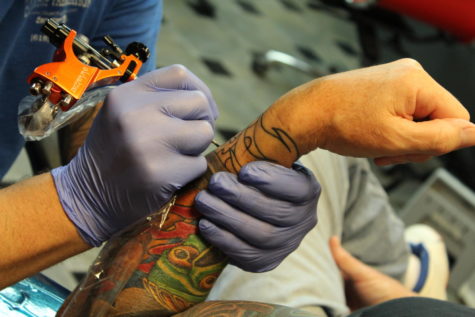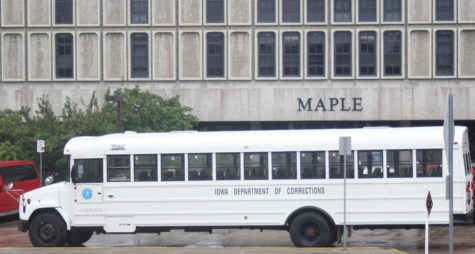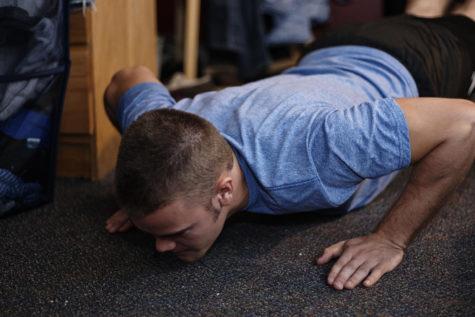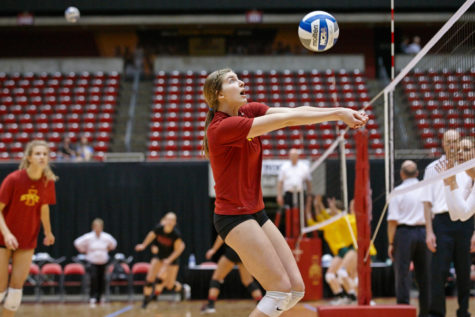ASL to be approved as new minor
September 29, 2014
In a silent classroom, Michael Ballard communicates with his hands, facial expressions and exaggerated gestures.
His students sit in a circle and are able to hear but are asked not to speak.
Ballard is completely deaf.
He is immersing his class of hearing students in the Deaf culture by using American Sign Language.
“I always say dream big or go home, and if I can’t dream big here then I’m not sure exactly what I’d be doing here,” Ballard said via translator.
Ballard is beginning his first year at Iowa State and is the only deaf faculty member on campus. He transferred to Iowa State because he saw the potential for the program to grow.
“There’s no growth in comfort, but there’s also no comfort in growth,” Ballard signed.
ASL will be an approved minor by the end of this academic year due to the help and persistence from faculty and students, Ballard said.
Ballard, who is one of two ASL lecturers at Iowa State, said he believes that getting the minor declared would not have been possible without the help of the students.
“The students really have worked some magic. It’s what they wanted and what they will definitely be able to benefit from,” Ballard signed.
Julia Takemura, senior in integrated studio arts, is in Ballard’s introductory class. Julia said she thought that it was a great idea to have ASL certified as a minor.
“I think that’s fantastic,” Takemura said. “More people should be exposed to [ASL].”
ASL is a visual language that has been offered at Iowa State for two years.
It uses hands, body gestures and facial expressions to emphasize what the person signing is saying and feeling.
The department hopes to add more classes to the ASL curriculum.
Ballard said he would like to see a Deaf education program, as well as a course to train people to be interpreters.
“Signing is not just some visual form of broken English,” Ballard signed. “It’s not something that we just add onto the English language. [ASL is] a living, breathing language.”
Ballard said students can benefit from learning ASL outside of the classroom, such as in a crowded setting where they might not be able to hear.
Signing can also help with secretive communication.
“If you want some privacy while you’re out on a date, learn to sign,” Ballard signed.
For the full story, click here.
















